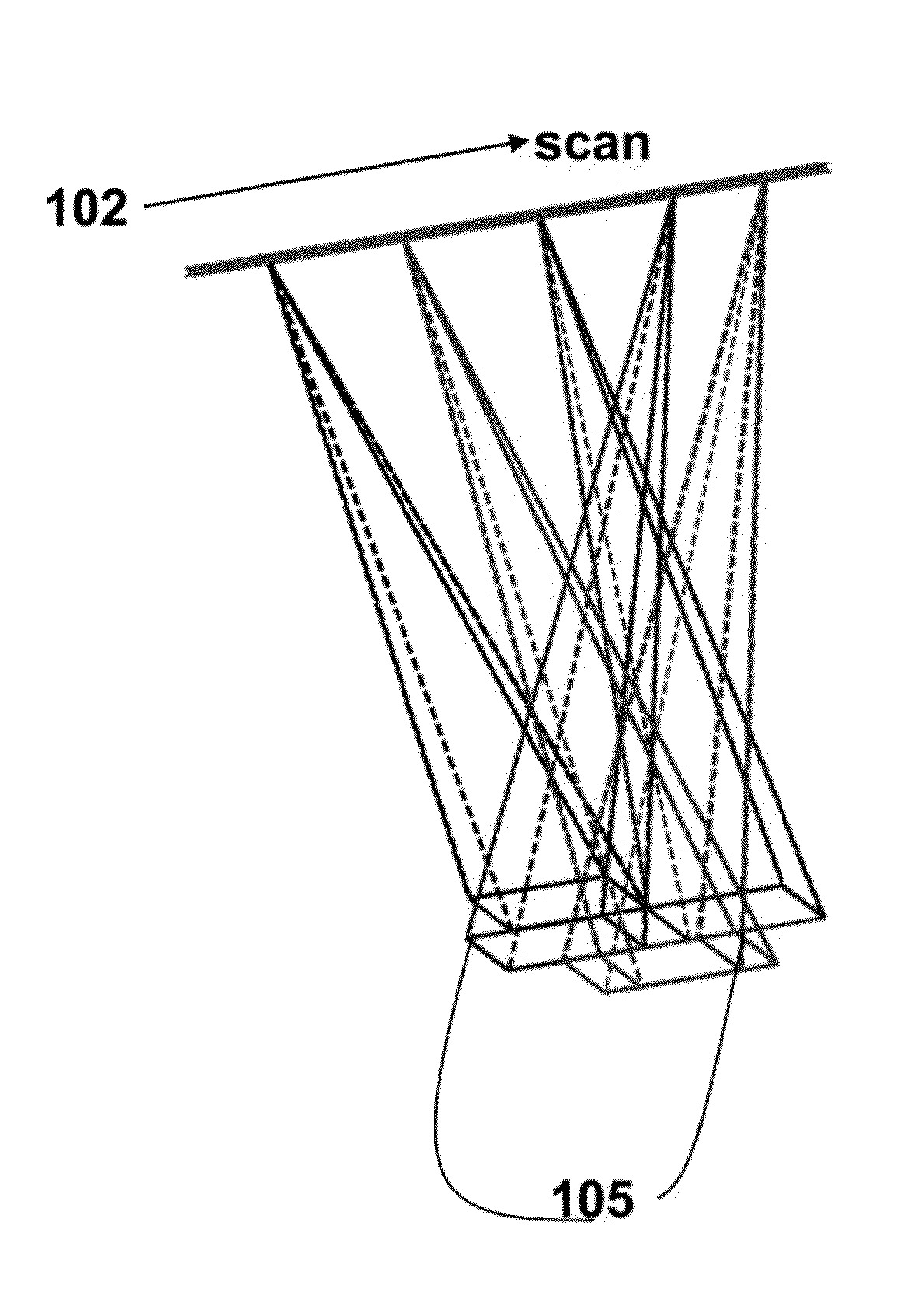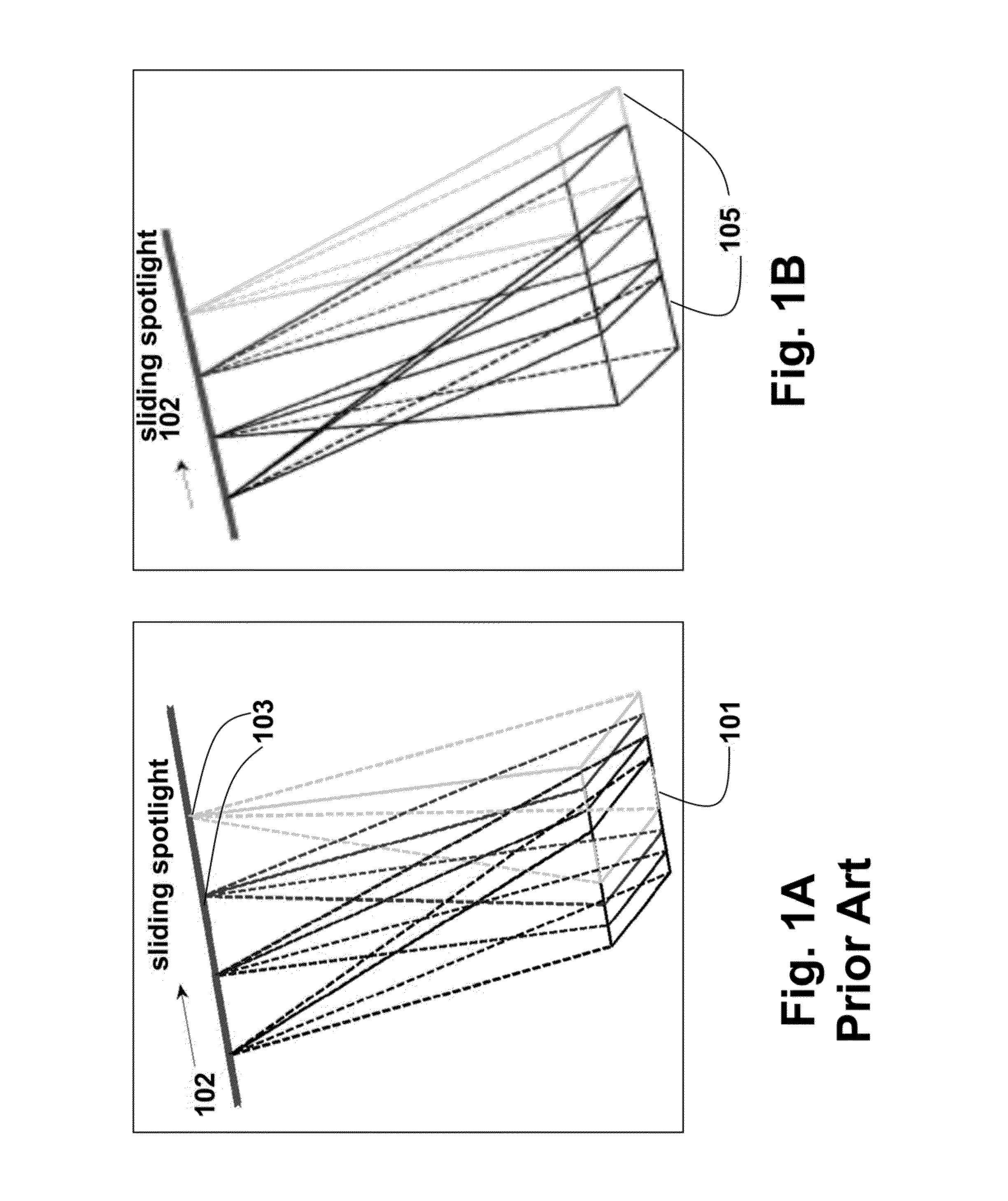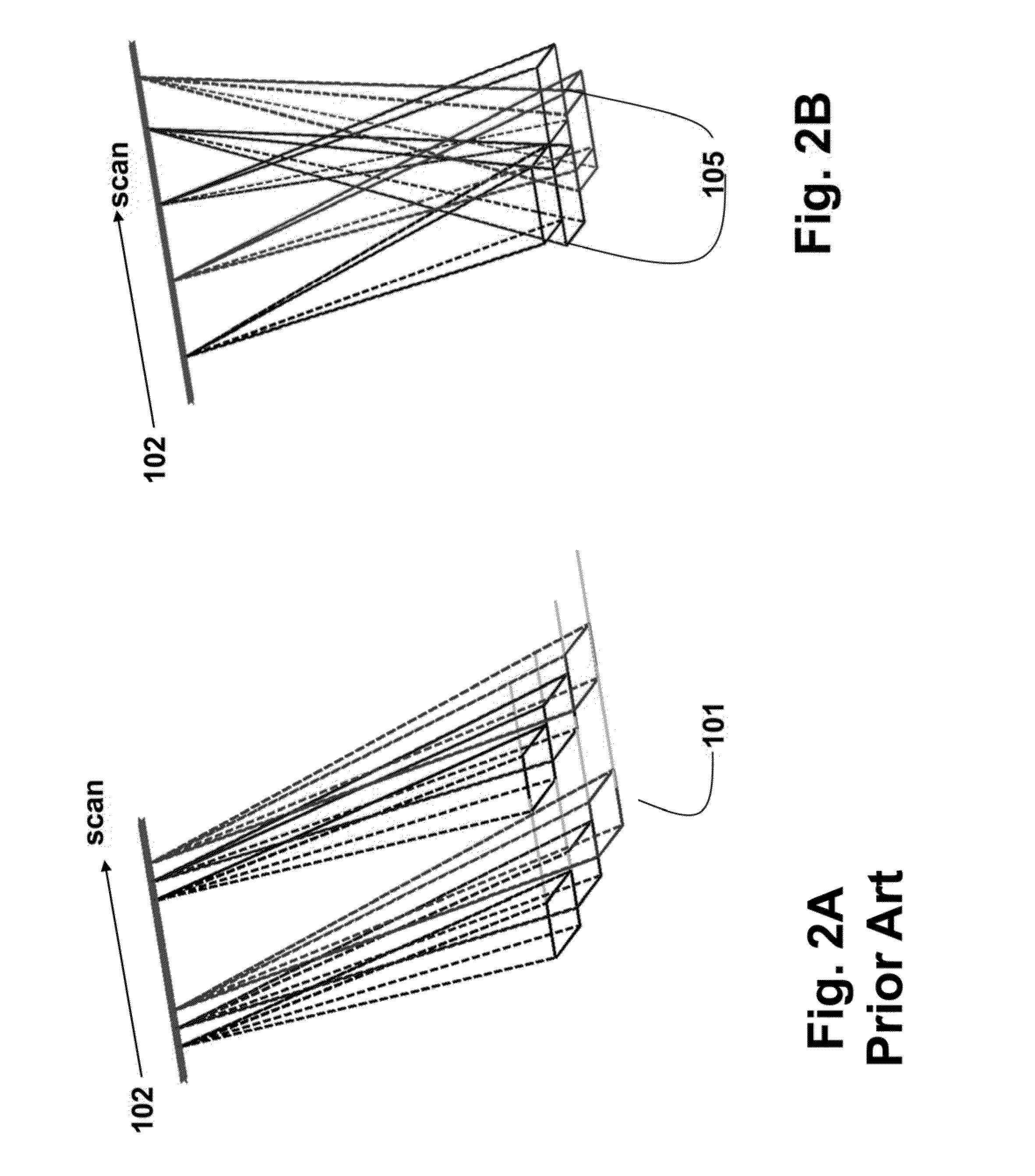Method and System for Random Steerable Sar Using Compressive Sensing
a random steering and sensing technology, applied in the field of synthetic aperture radar systems, can solve the problems of difficult to achieve in a conventional sar system with a single baseline observation, and achieve the effects of increasing imaging resolution, flexible steering, and same coverag
- Summary
- Abstract
- Description
- Claims
- Application Information
AI Technical Summary
Benefits of technology
Problems solved by technology
Method used
Image
Examples
Embodiment Construction
[0023]The embodiments of our invention provide a system and method for generating an image, wherein the image is a synthetic aperture radar (SAR) image. The embodiments on the CS-based image reconstruction process assume steerable beam of pulses. This can be realized by controlling the beam-pattern electronically, or by steering an array of antennas, mechanically.
[0024]By decomposing the underlying SAR image into sparse part and dense part, our imaging method reconstructs the sparse part using CS, and estimates the dense part using a least squares method. The incorporation of sparse modeling and least squares method outperforms conventional CS techniques using only sparsity regularization.
[0025]As shown in FIG. 1A, a conventional linear mono-static uniform virtual array operating in sliding spotlight mode. FIG. 2A shows a conventional system operating in scan. To image an area or scene 101, a mobile radar platform moves along the path 102 while transmitting pulse 103 at a uniform pu...
PUM
 Login to View More
Login to View More Abstract
Description
Claims
Application Information
 Login to View More
Login to View More - R&D
- Intellectual Property
- Life Sciences
- Materials
- Tech Scout
- Unparalleled Data Quality
- Higher Quality Content
- 60% Fewer Hallucinations
Browse by: Latest US Patents, China's latest patents, Technical Efficacy Thesaurus, Application Domain, Technology Topic, Popular Technical Reports.
© 2025 PatSnap. All rights reserved.Legal|Privacy policy|Modern Slavery Act Transparency Statement|Sitemap|About US| Contact US: help@patsnap.com



